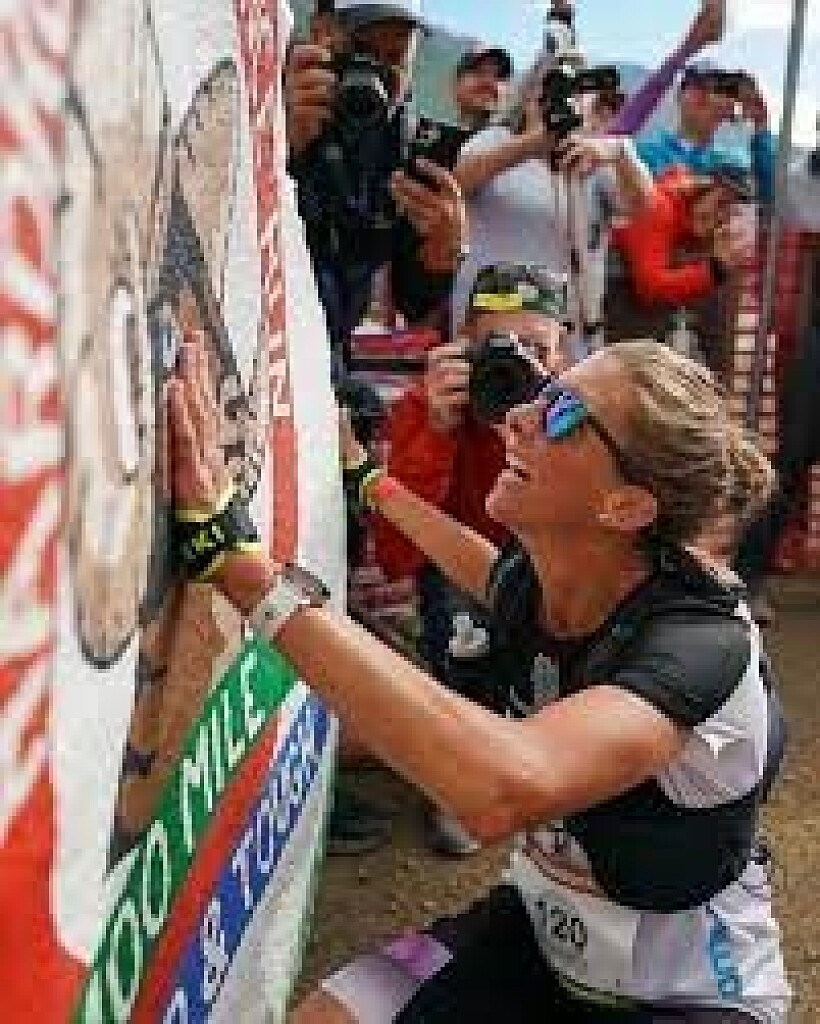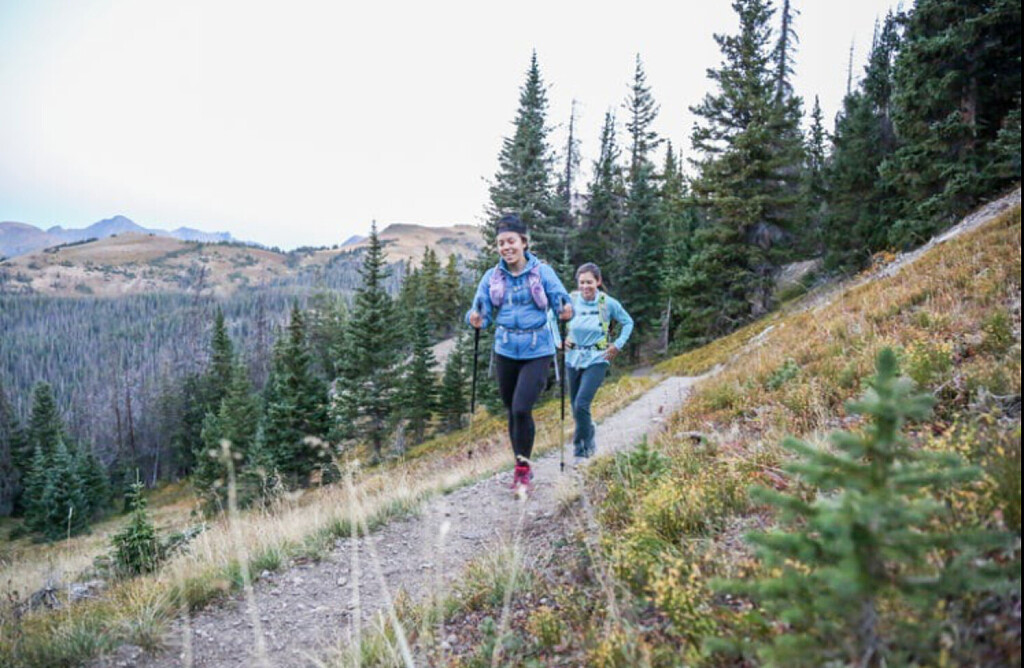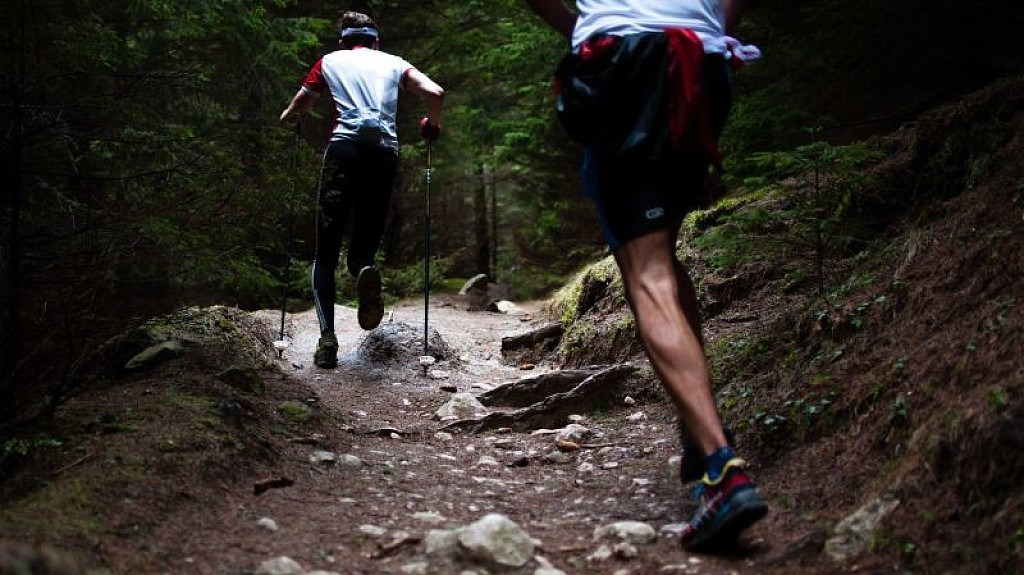Running News Daily
Running News Daily is edited by Bob Anderson. Send your news items to bob@mybestruns.com Advertising opportunities available. Train the Kenyan Way at KATA Kenya and Portugal owned and operated by Bob Anderson. Be sure to catch our movie A Long Run the movie KATA Running Camps and KATA Potato Farms - 31 now open in Kenya! https://kata.ke/
Index to Daily Posts · Sign Up For Updates · Run The World Feed
Articles tagged #200 mile race
Today's Running News
Hardrock 100 preview: will Courtney Dauwalter do it again?
The Hardrock Hundred Mile Endurance Run (HR100), known for its high altitude, deep elite field and challenging entry process, begins Friday at 8:00 a.m. E.T. This year’s event, the first ever to be live-streamed, promises to be a thriller. Runners will encounter over 10,000 metres of elevation gain while facing extreme weather conditions, navigating treacherous terrain and attempting to avoid altitude sickness.
Only 140 participants get to line up at Hardrock each year, and this year’s contenders include the remarkable Courtney Dauwalter, fresh off a jaw-dropping performance and course record at the Western States 100, and other well-known elites. The race will be live-streamed on the Run Steep Get High YouTube channel. Here’s what you need to know to follow along.
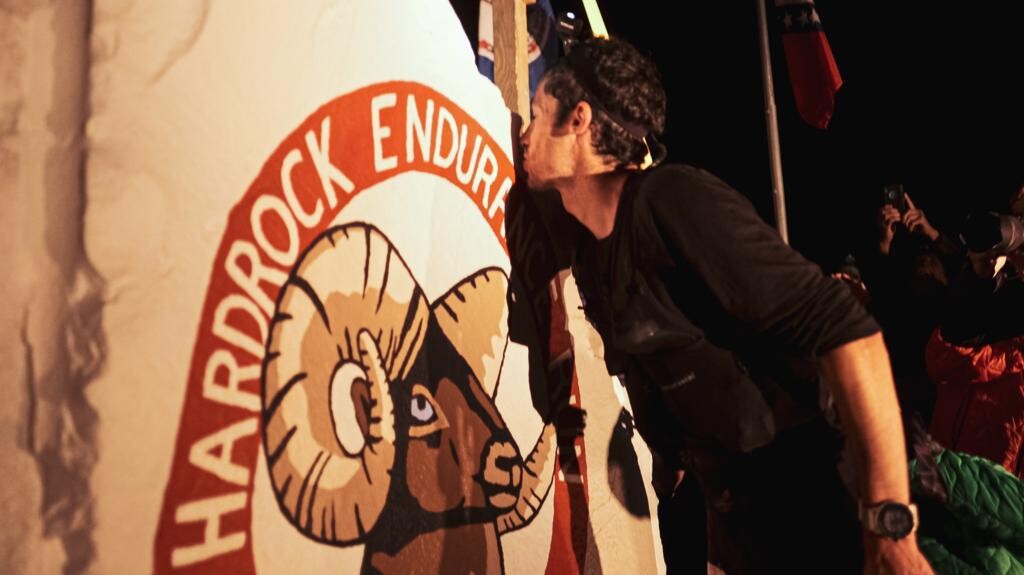
HR100 both begins and ends in Silverton, Co., and athletes are above 3,300 metres elevation for much of the race. It was founded in 1992 as a tribute to the miners who used to follow “their mules and instincts, prospecting the San Juans for gold, silver, and other metals,” the race website explains. With a finishing cutoff time of 48 hours, athletes know they are in for a long haul. The course switches directions every year, and this year runners are moving counter-clockwise around the looped course.
The women’s race
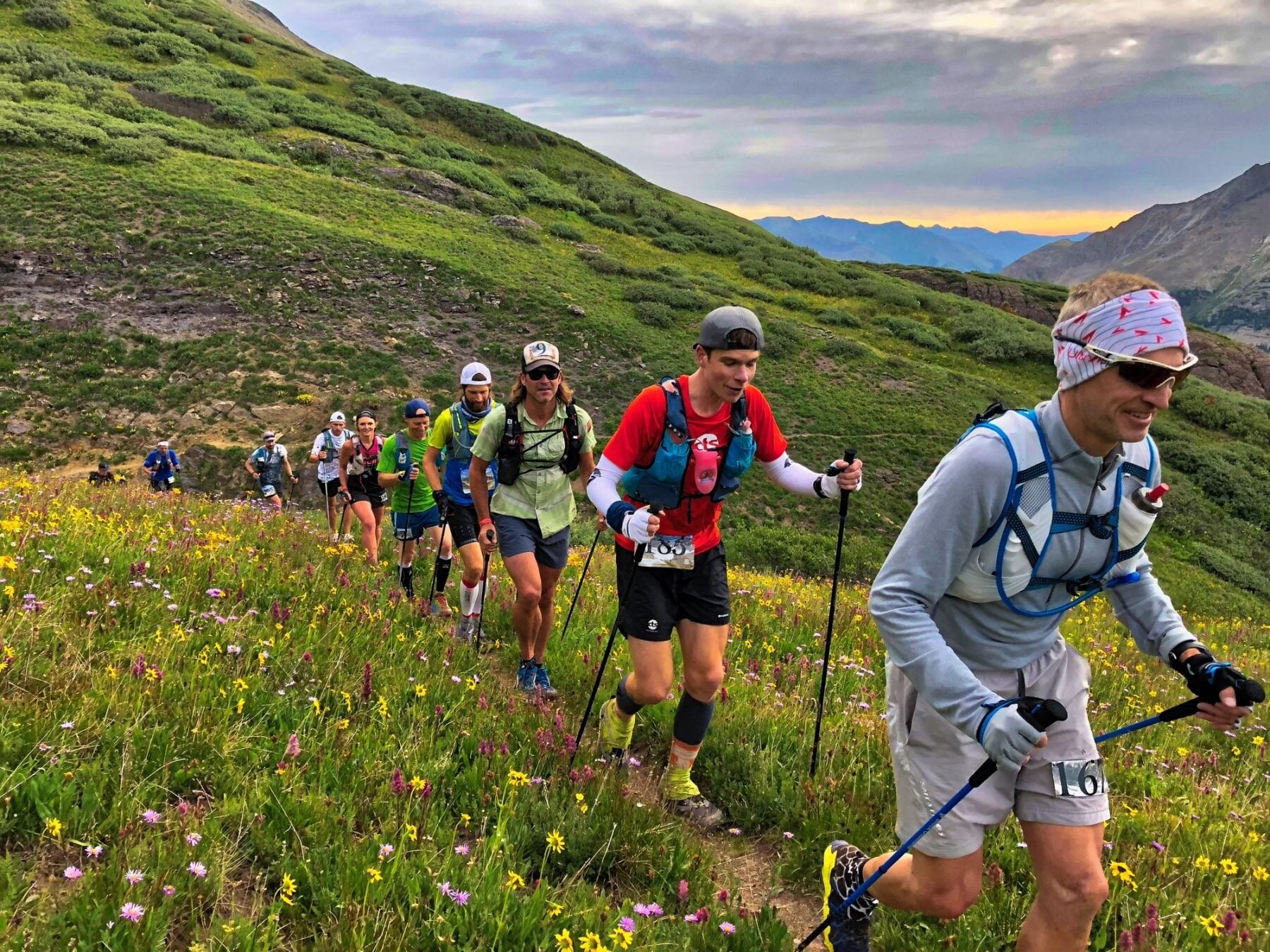
All eyes are on the phenomenal Dauwalter this year (but when are they not?) after a stunning performance three weeks ago at Western States, where she set a blistering new course record (78 minutes faster than Canadian Ellie Greenwood’s from 2012) and placed fifth overall. Canada’s Stephanie Case, who was second last year, has withdrawn from this year’s event. 60-year-old legendary ultra machine Pam Reed of Jackson Hole, Wyo., will be tackling the third part of her WSER/Badwater 135/HR100 triple this year.
Leadville, Colo.-based Dauwalter holds the course record for HR100 in the clockwise direction (26:44) from 2022; this year runners will move counter-clockwise, and that course record is 27:18 for women, set by Diana Finkel in 2009, and Dauwalter will most certainly be looking to challenge that time. Will her legs be tired? Will she win the entire thing? We can’t wait to find out.
Also from Leadville, 23-year-old trail phenom Annie Hughes won the Run Rabbit Run 100-Miler and High Lonesome 100 Mile in 2022, and the Leadville 100 Mile in 2021. She’s a high-altitude ultrarunning champ, and has also compiled some wins in really long races–she won the Cocodona 250 Mile in 2022 and Moab 240 in 2021.
If you haven’t heard of France’s Claire Bannwarth, it’s time to brush up: she was the first woman in the 432-kilometre 2022 Winter Spine Race (by more than 24 hours), and will be making her North American racing debut at HR100. Bannwarth races prolifically and runs long–she will be jumping into the Tahoe 200 Mile race a week after HR100.
Colorado’s Darcy Piceu, fresh off the waitlist, is a veteran of HR 100, with the 2023 edition being her 10th running. Piceu boasts three wins and five second-place finishes, and she was fourth in 2022.
The men’s race
With Kilian Jornet, last year’s winner (and course record holder in the clockwise direction) not returning this year, the podium seems up for grabs. None of the other top four men from 2022 will be headed to the San Juans, but a very accomplished group of athletes will be lining up and fans will be eager to see who holds up to the HR100 test.
Ohio’s Arlen Glick is a master of the 100-mile distance, running 12:57 to win the Umstead 100-miler in April and taking a speedy third at October’s Javelina 100. Like Dauwalter, Glick raced at WSER last month. He placed 14th, while he took third in 2022. Glick will be a hot contender and fascinating to watch at HR100.
California-based Dylan Bowman is a Hardrock veteran, placing second at the 2021 edition. Bowman has had a lower racing profile in the past year while working on Freetrail, a media business and trail running community. He’s been training in the San Juans pre-race and is eager to showcase his ability.
France’s Aurélien Dunand-Pallaz has over 10 years of ultrarunning success, but gained notoriety in 2021 when he took second at UTMB and won Spain’s Transgrancanaria. He missed the 2022 edition of HR100 for the birth of his child and is a favourite in his debut this year.
Oregon-based trail running legend Jeff Browning will be taking on his sixth Hardrock at age 51. Browning won in 2018, and finished fifth the past two years. In October, Browning won the Moab 240 in 57 hours, and more recently, he showcased his fitness by winning the Bighorn 100.
by Keeley Milne
Login to leave a comment
Hardrock 100
100-mile run with 33,050 feet of climb and 33,050 feet of descent for a total elevation change of 66,100 feet with an average elevation of 11,186 feet - low point 7,680 feet (Ouray) and high point 14,048 feet (Handies Peak). The run starts and ends in Silverton, Colorado and travels through the towns of Telluride, Ouray, and the ghost town...
more...A Training Plan To Run A 200 Mile Race
Think about what it means to sign up for a 200 mile race. You saw all of the other options out there, from shorter distances to going to Cancun. And you thought Let's see where the limits truly are. That is courageous as hell, the tribulations of being human summarized in what motivates many of the greatest adventurers: because it's there. Heck yes! I am so damn proud of you, and a bit in awe too.
(If you make the saying past tense by changing it to because it was there, you have the epitaph on many tombstones, so be smart too.)
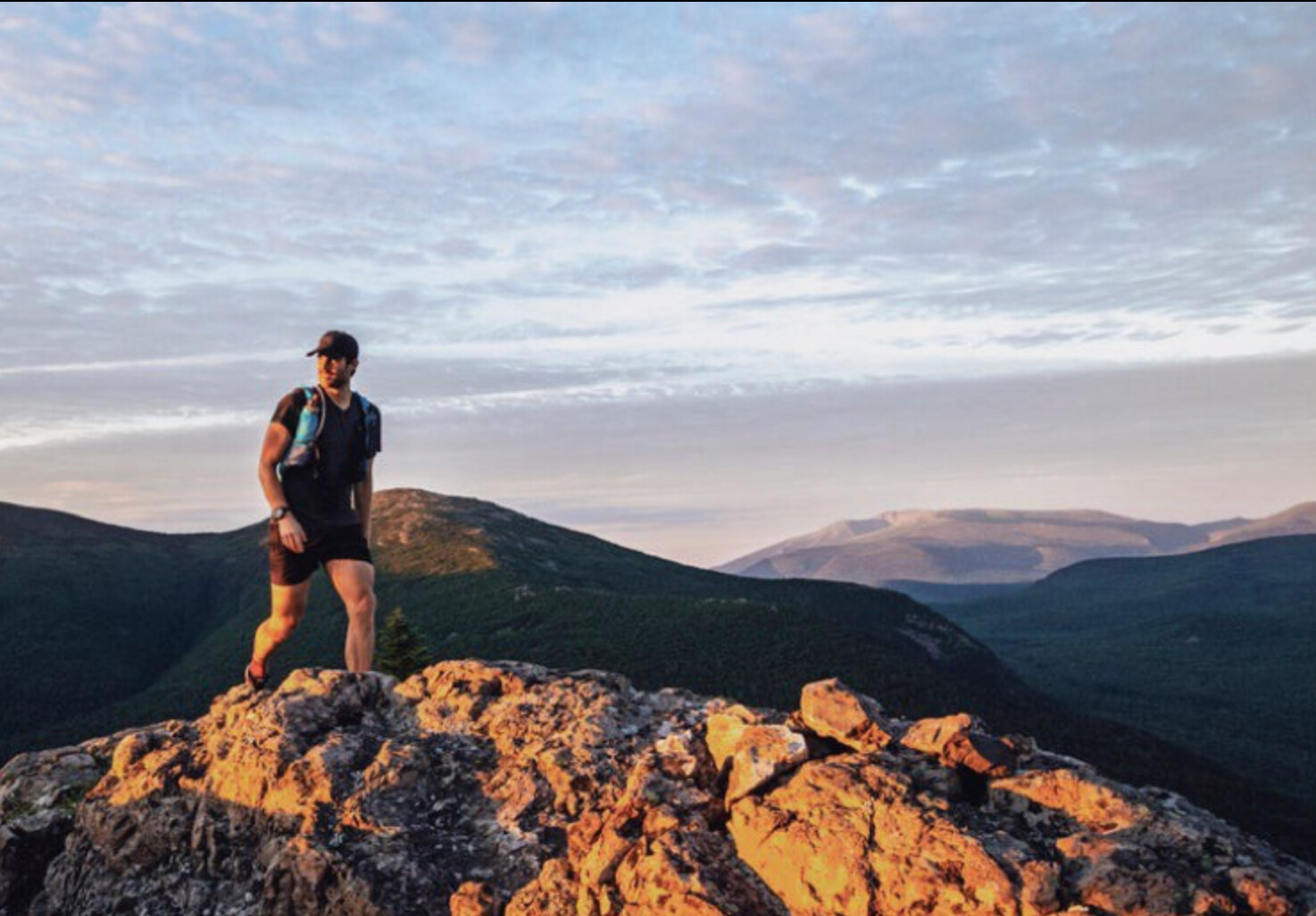
Almost a year ago, I wrote a training checklist for a 200-mile race. I threatened writing a 16-week training plan for these monstrous events if enough athletes were interested. Many athletes were interested. It was officially a deadline.Oh crap.
Weeks passed, and nothing. Then months. Now, almost a year. I'm sure there are a number of doomsday cults that have been watching their inboxes, sipping Kool Aid while they await the plan that was promised.
Well, it's officially here-it's 200-mile training plan day. Call me the Baby Coach because I met the deadline in a bit over 9 months.
I joke because I have actually procrastinated this article topic for SO MANY MONTHS. And I think it's because I'm scared. My fear is that 200 milers rely on uncertain training principles, existing in the liminal space between body and mind. There are no good studies on training for the distance, just a compilation of anecdotes from successful athletes. Maybe those athletes would be successful with a number of different approaches.
Maybe the true secret has something to do with genetic variations in fatigue resistance (podcast here). Maybe these distances are just a mix of random chance and logistics. We don't know for sure.So what I describe today is based on application of general physiological principles for long-distance events over 24 hours, along with how my co-coach Megan and I have applied them for athletes we coach. That includes John Kelly, who won 2021 FKT of the Year for his performance on the 268-mile Pennine Way.
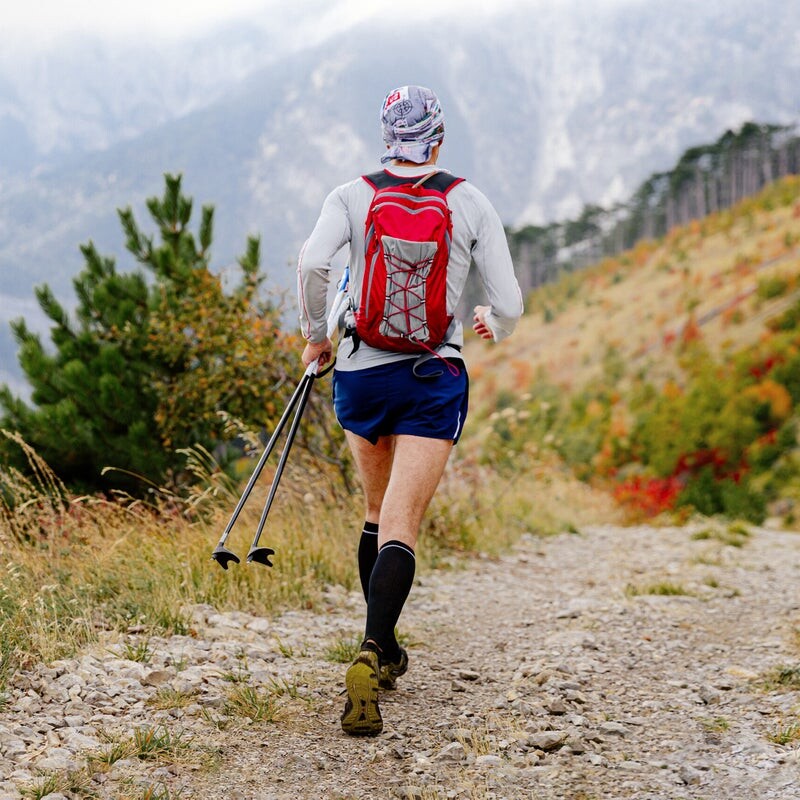
But, for full disclosure-I think John's secret is that he's extremely hard working, talented, and driven, as an athlete and person, destined for success at whatever he pursues in life. Also, perhaps he's a witch.
Before getting to the plan, I'll list the 7 training principles from the previous article, along with how the plan puts them into practice.Training Tip 1: Aerobic volume matters via running, hiking, and cross-training. Maximize consistency with activities five to six days a week.
The plan focuses on lots of easy running and hiking, including optional doubles. In particular, treadmill hiking and running can allow for higher training volume with lower impact.
Training Tip 2: Raise aerobic threshold with enough speed work to develop neuromuscular and biomechanical systems. Some strides plus one workout a week is plenty.
The workouts are deemphasized relative to one of my other training plans, focusing on building musculoskeletal and mechanical strength and power to let all efforts correlate with faster paces, but without overloading stress on non-specific intense days. Strides still play a big role, since maximal output has a strong relation to output below aerobic threshold.
While it's not the primary goal, the hope is that an athlete finishes this plan with improved running economy to use in future training cycles, even if that speed is not as relevant to race performance as it would be for less diabolical distances.Training Tip 3: Dial in sleep/recovery and stress balancing.
Rest days are a key part of the plan. We don't want to elevate fatigue as a virtue.
Training Tip 4: Do some specific efforts where you are out there for many hours, moving on a fatigued body.
Back-to-back runs and hikes are a key part of training, often every other week to allow for recovery (and to avoid occupying every waking hour with training). The long run-long hike/run weekend structure allows for higher volume with reduced risk of injury or overstress.
While the plan includes a training race option 5 weeks out from race day, a 100k or 50 miler anytime in the 4 to 8 weeks before the race would work wonderfully, just make sure you have 4-6 days of recovery afterward before gradually working back into the plan. And make the big Sunday hikes focused efforts if possible, incorporating some downhill running if things feel good.
Training Tip 5: Strong downhill training and tempo running during long runs can prepare the muscles for later in races.
While the race itself will be relatively slow, the running in the plan is rarely as slow as the average pace on race day. Resilience to muscular damage and fatigue is helped by introducing threshold tempos in long runs, requiring glycogen recovery and improving fat oxidation, plus an emphasis on strong downhills.Training Tip 6: Do strength work.
Strength work is a non-optional part of the plan, unlike some of the plans I have written for shorter distances. In peak weeks, that means 2 short "Mountain Legs" sessions and 2 medium "Speed Legs" sessions. Add weight to the Speed Legs for additional resilience. To level up, do the Strength Work Cheat Sheet.
Training Tip 7: Practice fueling in long runs.
On most Saturday long runs, practice fueling with an array of foods like you will on race day. And throughout the training cycle, make sure you're eating plenty to fuel the work.The 200-mile plan is designed for athletes who already have a base. Each day is given as a range of miles, with the design being to stay at the low, middle, or high end without going back and forth too much week to week. Start at the lower end of the range unless you have healthily run higher mileage in the past.
You can think of it as 3 different plans in one!
Other Things To Know!
Within the plan, there are goals and descriptions for most key days, along with links to articles that explain terminology. Most fun of all: complete this plan, and even if the 200 miler doesn't go perfectly, you'll be ready to rock future events too.What's beyond the horizon?
And what's beyond the next horizon after that? I don't know the answers to those questions. I'm not sure that 200-mile racers have the answers either. But I love the humanity of stubbornly chasing the horizon. Again and again and again.
Because it's there.
by David Roche Trail Runner Magazine
Login to leave a comment
A Response from a Proud “Lazy Parasite†Trail Runner
Marc Peruzzi’s recent Ouside magazine column about trail work clearly touched a nerve in the running community. Part of his argument is fair criticism, but he got some important things wrong.
I’ve been a competitive trail runner for over a decade; I’ve participated in some of the most well-known and competitive ultras around the world, including the Barkley Marathons, the Ultra-Trail du Mont Blanc, and the Western States Endurance Run.
I’ve also been a human rights lawyer for about the same period of time, and I take a deep interest in how we in the trail and ultrarunning community contribute to broader society. I know I’m not alone in this—as trail runners, many of us pride ourselves on being responsible stewards of our environment and contributing members in the outdoor sports community. We pick up trash left behind on the trails by inconsiderate urbanites. We don’t cut switchbacks, and we know how deep a hole to dig to bury our own poop (minimum: six inches).
We see ourselves as the “good ones”—runners who lightly tiptoe along mountain and forest paths, leaving no trace. Our intimate connection with the outdoors makes us protective of the wilderness that we enjoy, and that is something we hold tightly as part of our culture and identity as runners.
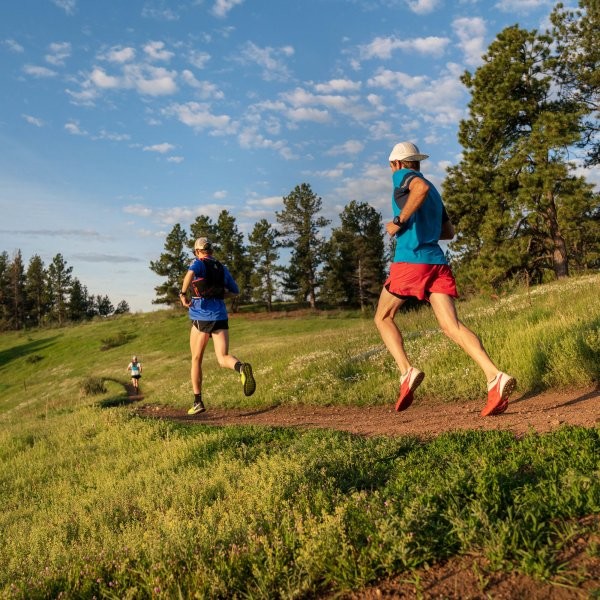
Given all that, it’s no surprise that when Outside published an article on May 22 calling trail runners “lazy parasites” and “deadbeats,” the reaction from the trail and ultrarunning community was swift and fierce. The writer, Marc Peruzzi, claimed that we simply aren’t pulling our weight when it comes to trail work. “When compared to mountain bikers and hikers, trail runners are the least likely to volunteer to build and maintain trails,” Peruzzi wrote. Leaning heavily on anecdotal evidence to back up his views, Peruzzi tried to hit us right where he knew it would hurt—and it did.
Candice Burt, an elite ultrarunner and the race director of the Triple Crown 200 mile series, wrote in a response on her website that she was shocked when she read the article. “I have no issue with asking user groups to do more to give back,” she wrote. “However, this article was not so much a call to action as it was a full on insulting diatribe aimed at my community.” For her part, Burt wrote about how she organizes an annual volunteer work party to maintain trails that would otherwise cease to exist, and how her company donates over $20,000 to the Tahoe Rim Trail Association for building and maintaining trails. “Trail running and stewardship are my life,” she wrote, “[It] has always been an important part of the trail running culture.” Many others in the trail community echoed her reaction.
A number of prominent ultramarathon races in North America in addition to Fat Dog and Burt’s 200 mile race series, require volunteer service from entrants, typically in the form of eight hours of trail maintenance. (Peruzzi briefly acknowledged this in his story.) These races include the Western States Endurance Run, the Vermont 100 Endurance Race, Angeles Crest 100 miler, and the Wasatch Front 100 Mile Endurance Run.
In short, we in the trail running community know that we aren’t the lazy parasites and deadbeats Peruzzi claims we are. So why does he have this impression? And are we taking his criticism so personally because there is a kernel of truth to it? Could we be doing more?
The short answer is yes, we could be doing more. Adam Chase, the President of the American Trail Running Association (ATRA), responded to Peruzzi’s article on Facebook by saying: “I must confess. We are guilty as charged…we need [to do] more. A lot more.” Indeed, as trail running continues to increase in popularity, it will become even more important that we expand our volunteer and conservation efforts.
Clare Gallagher, an elite ultrarunner and environmental activist, has not been shy in calling us out on this and urging us to do more, long before Peruzzi’s story was published. “If we are not engaging with the politics of public land protections, we are freeloading,” she wrote in September 2017.
While I’m more than willing to admit that we need to do more as a community, I refuse to accept the suggestion that we are lazy deadbeats who “are the least likely to volunteer to build and maintain trails,” as Peruzzi claims.
Does that mean that we aren’t deeply involved at a grassroots level or that we don’t care? Hell no. We may be a ragtag bunch, but we are compassionate and committed. From the moment I joined this community, I understood that the expectation was to give back, whether through trail work, guided running for visually impaired athletes, or simply picking up garbage left behind by others. Advertising these good deeds was certainly not required, and it was maybe even discouraged.
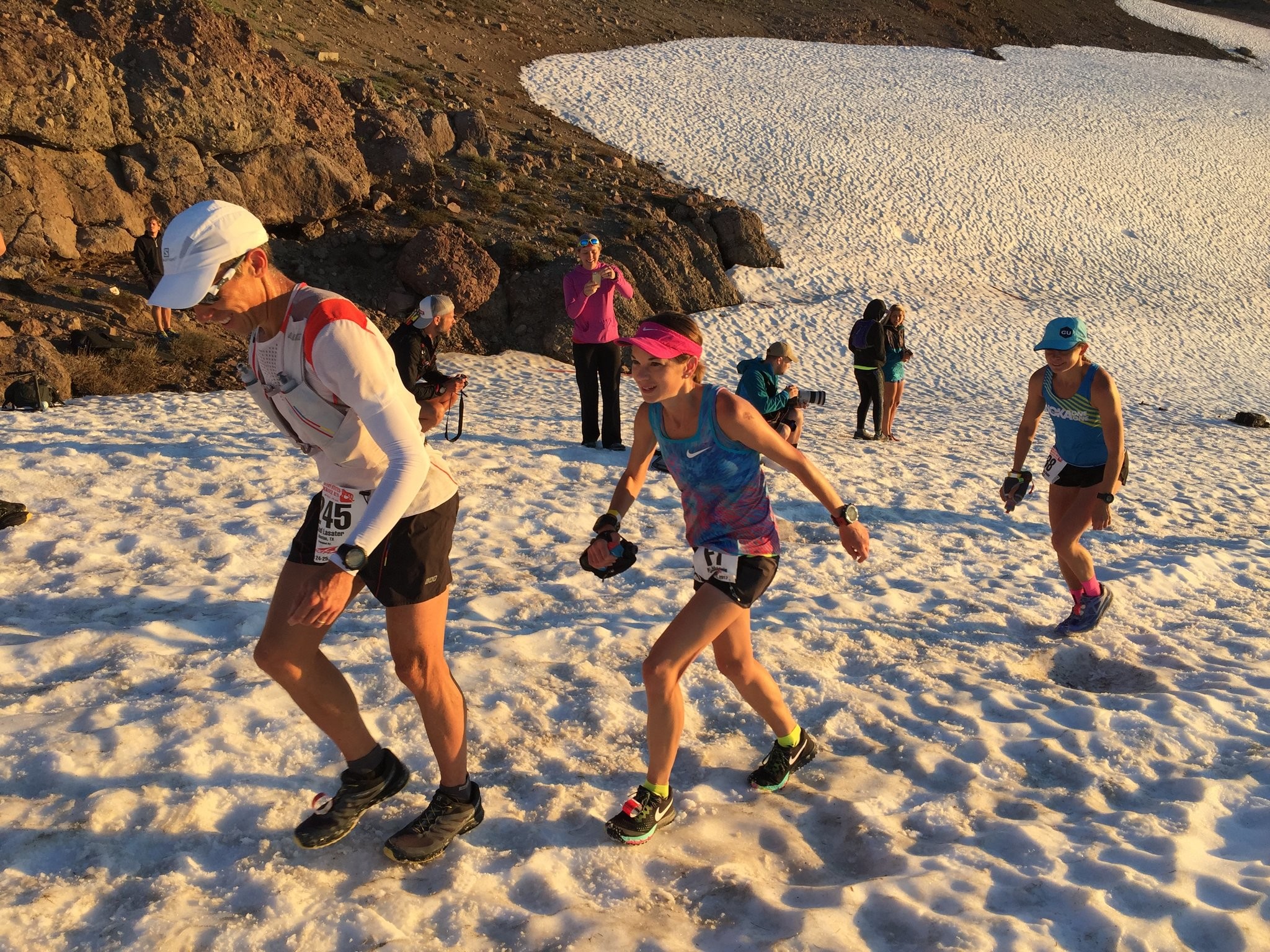
But rather than engage in a pissing contest with our fellow athletes over who is doing more to protect our common lands, I’d prefer to join forces to make us all more effective.
The definition of a parasite is something that exists by taking from or depending on something else. In that sense, I will happily embrace Peruzzi’s label. I am a trail running parasite: I truly rely on the trails to exist. For that reason, I see it as my duty to ensure that the trails I run on—and all the ones I haven’t yet—are protected. I will do this by working alongside my trail running companions, and learning from my mountain biking colleagues. The only way to make progress on these issues is to band together, not drive each other apart. As for the rest of Peruzzi’s article? Well, it’s going in a six-inch hole, where it belongs. See you out on the trail.
(Editor’s note: this is a condensed version of Stephanie’s article. Click on the link to read her entire article.).
by Stephanie Case for Outside Online
Login to leave a comment


